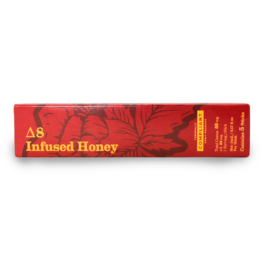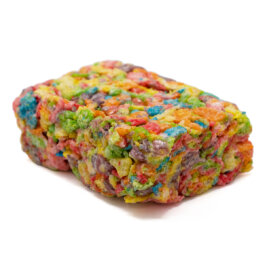No products in the cart.
Outside of medical, recreational, and ritual use in the ancient world, cannabis —oftentimes referred to as “hemp” — held a long standing in textile production. The Romans, along with many other ancient cultures, used hemp fiber for clothing as well as maritime necessities such as sails and rope. This tradition carried through Europe persisting until World War I when technological advancements made those practices irrelevant in the modern world. As Europeans began to explore more of the world, many more accounts of cannabis use can be found in first-hand accounts of these explorers.
Marco Polo wrote of cannabis use among the Hashishins of Persia, who were known as “assassins” in the West. Hashishin is a term meaning “hash-eater” and was mistranslated into the word “assassin”. Hasan-I-Saban, also called the Old Man of the Mountains, was a leader of the Ismaili — a group which used cannabis as a reward for assassins who completed dangerous assignments.
Hashish was used in edible form throughout the Muslim world until tobacco was introduced to the East around the 1500s. European travelers wrote about the use of hashish across North Africa and the Middle East from the 16th to 19th centuries. Hash was heralded for its medical capabilities across the Western world, and even used to treat many of the same ailments that are treated with cannabis use today, and even used as a potent anesthetic. The Germanic tribes spread cannabis all across Europe for its multiple uses, and the Anglo-Saxon invasions first brought it to Britain during the 5th century. Excavations of Viking ships from the mid-ninth century have recovered cannabis seeds, leading to the conclusion that the plant played a crucial part in the trade practices and personal lives of Europeans at the time.
After prolonged utilitarian use of cannabis in Europe, the American colonies prospered economically with hemp as well. In the earlier half of the 1600s, the Virginia Assembly passed legislation to mandate the cultivation of hemp in the colony and was used in surrounding colonies as a form of currency. Several of the Founding Fathers grew hemp on their plantations and took great pride in their cultivation, so much so that Thomas Jefferson invented the hemp brake to aid in breaking the hemp stalks into flax! Production of hemp held a steady foot in the United States until the Civil War when other crops and imports replaced the need for domestic production of hemp. Towards the end of the 19th century, psychoactive cannabis took priority, being used in numerous over-the-counter medications and remedies.
During the age of European colonialism, many bright scholars from the British Isles took to India to record as much information about the subcontinent as possible. In the early 1830’s, after graduating from Edinburgh, the Irish physician William Brooke O’Shaughnessy arrived in Calcutta. After setting up shop in the Medical College Campus, O’Shaughnessy focused on the medical and culinary traditions of cannabis in India. In his 1842 work, The Bengal Dispensatory, O’Shaughnessy detailed traditional bhang concoctions, stating of one, “This is considered sufficient to intoxicate an habituated person. Half the quantity is enough for a novice.” Also in this work was a recipe for a pan dessert, similar to brownies, made involving cannabis butter. O’Shaughnessy notes the effects of bhang as being “of the most cheerful kind, causing the person to sing and dance, to eat food with great relish, and to seek aphrodisiac enjoyments.” O’Shaughnessy is considered to have run the first clinical trials of cannabis in Western medicine, publishing his findings between 1839 to 1843. The extensive works in these trials resulted in his acknowledgement in the potential of cannabis to treat seizures, rheumatism, and cholera. After the English took control of India, the British government did a study in the newly acquired land on the effects of cannabis in humans. Published in 1894, this study concluded that with the “absence of other cause that hemp drugs do cause insanity,” but did as well note “As a rule these drugs do not tend to crime and violence.”
Despite the efforts of great minds such as O’Shaughnessy and the beneficial aspects of cannabis, many of the West’s talking heads were well into their hesitations and fears of the plant. Persisting well after the West’s decolonization efforts had been underway in much of the world, major Western nations such as the United States and Britain still held heavy skepticism towards cannabis, mainly due to their association between the plant and peoples of color. These long held beliefs culminated in the World Health Organization commissioning the Single Convention of Narcotic Drugs in 1961, ultimately starting the modern day War on Drugs. This convention perpetuated Western beliefs and classified cannabis into the most dangerous and restricted category where it remains today.
-
Delta-8 THC Infused Gummies 25mg and 50mg$4.99 – $19.99
-
Delta-8 THC Infused Honey Sticks$3.99 – $9.99
-
High Potency Delta-8 THC Infused Edibles 250mg$14.99
-
Delta-8 THC Infused Cereal Treats 40mg$5.99



